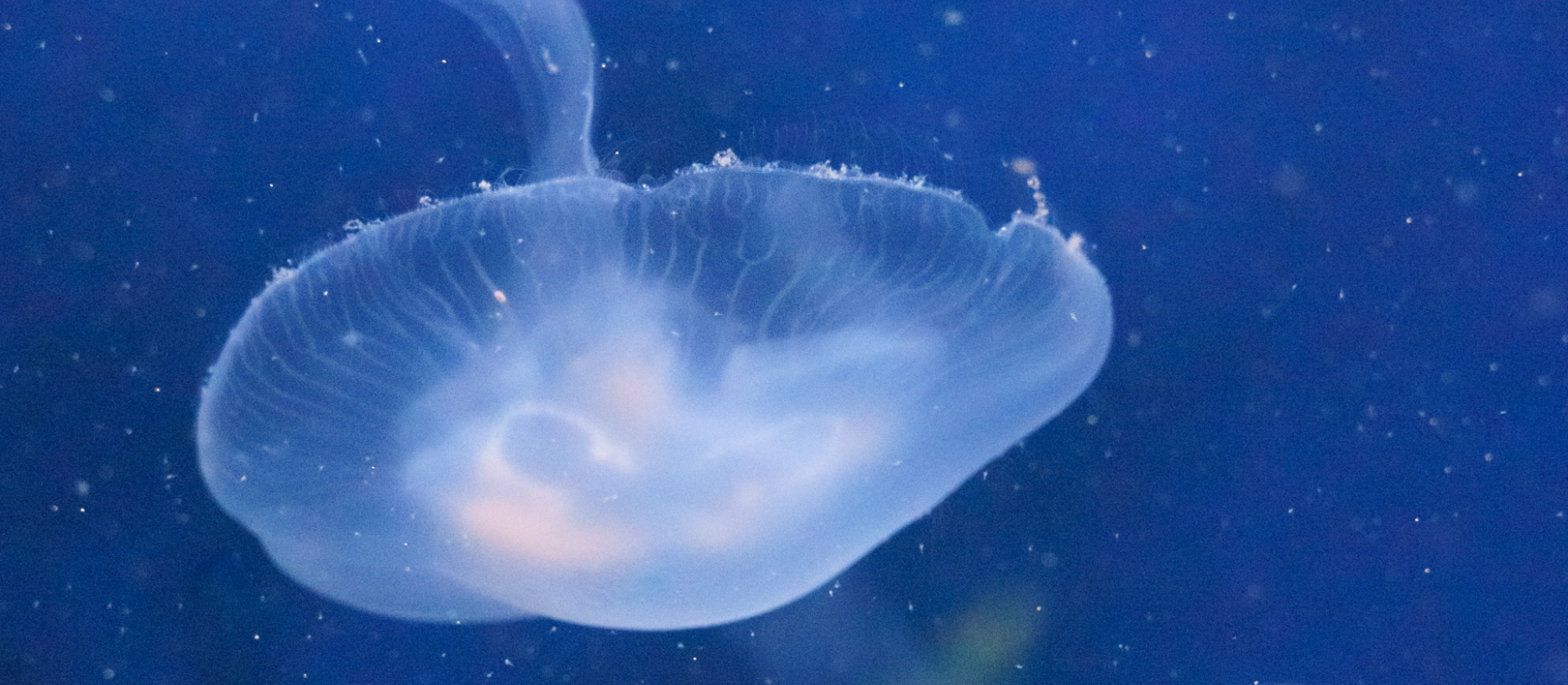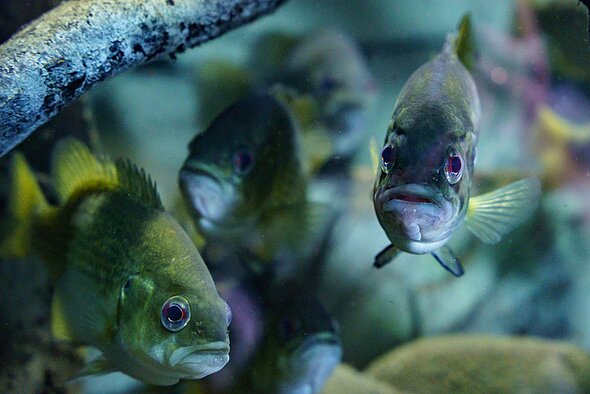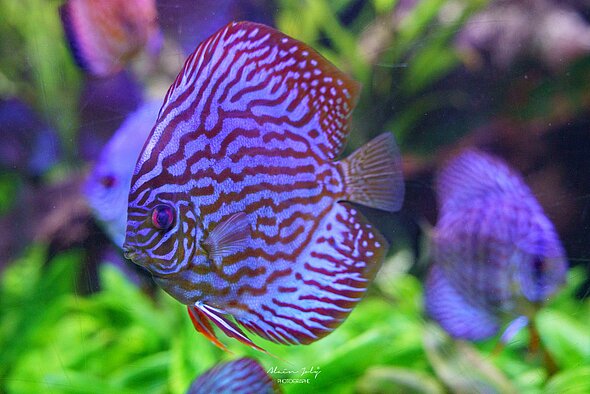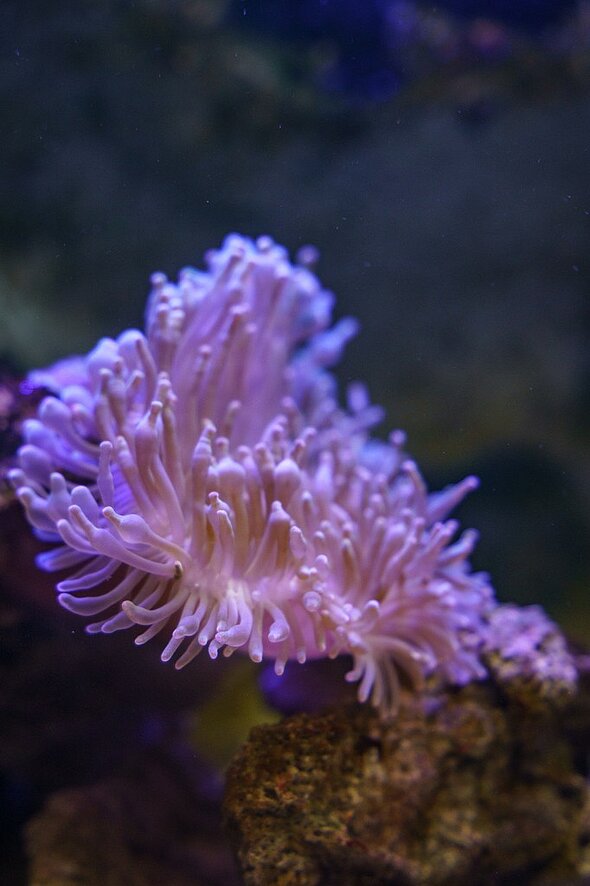The Grand Aquarium de Touraine carries out various missions based on several major principles:
- Animal welfare
- Conservation
- Preservation
- Awareness-raising
It is essential to conserve and protect certain natural species that are rarely found in the natural environment. Moreover, thanks to reproduction within the Aquarium, we are making a major contribution to the non-extinction of these species.
These principles are highlighted and shared with our visitors through education and awareness of the threats to species and their environment.
We are thus a major player in the protection of our planet and its heritage.
In order to present live wildlife to the public, France has set up the "certificat de capacité" to regulate the exhibition of these animals. Within this framework, each establishment must have a "capacitaire", a qualified person recognised by the prefecture and the Ministry of the Environment.
The Grand Aquarium de Touraine presents hundreds of different species of aquatic animals. Among those you can observe, some are considered endangered.
To find out more about the protection status of animals, here are the 3 main benchmarks to learn more about the level of threat of the species :
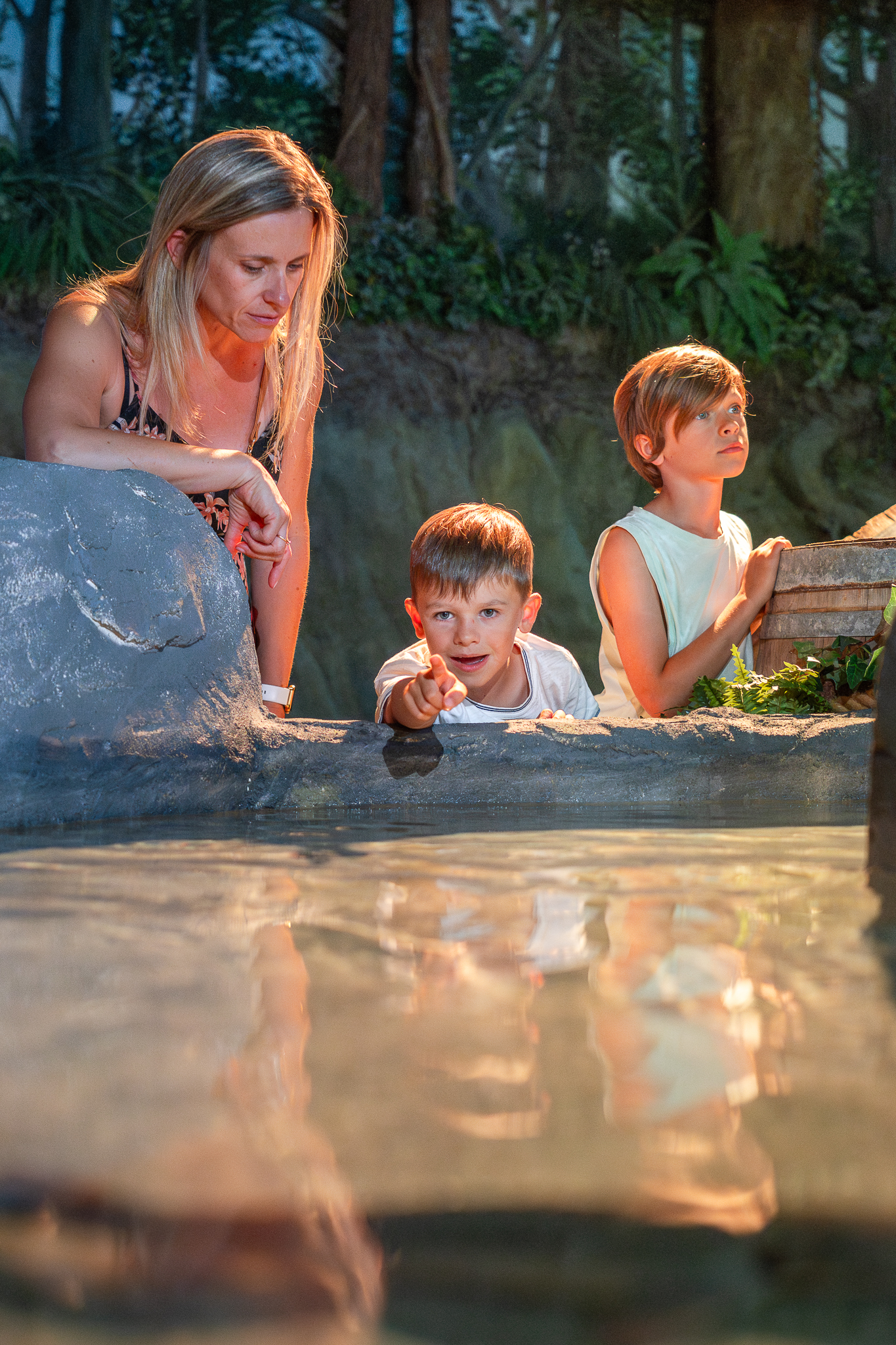
The Washington Convention or CITES
This is an international trade treaty that came into force in 1975. It has 175 member countries.
This convention concerns wild fauna and flora threatened with extinction. It regulates the trade in species to ensure their survival. It concerns living animals and plants, but also all products derived from them (shells, carapaces, wood, furs, skeletons, etc.).
Species are classified in three appendices according to their level of threat in order to indicate to what extent they can be exploited and traded.
Appendix I: this includes species threatened with extinction. Trade in these species is totally prohibited except, with agreement, for scientific research or population management.
Annex II: contains species whose conservation status or overexploitation may threaten their survival. These species can be traded but with a tracking number and full traceability.
Appendix III: this lists the species whose trade the member countries of the Convention wish to regulate. It is a kind of waiting list before moving to Appendix I or II or, by chance, leaving the Convention.
L’UICN ou IUCN
C’est l’Union Internationale pour la Conservation de la Nature. Elle a été fondée en 1948. C’est une ONG internationale regroupant des scientifiques et des passionnés de la faune et de la flore.
Son rôle pour les espèces animales et végétales est d’informer, d’encourager, d’assister et d’influencer les différents pays à la conservation des espèces en publiant une liste rouge (Red list). Cette liste est mise à jour régulièrement et consultable sur le site Internet. Elle répertorie les espèces en danger dans le monde. Le degré du danger est établi selon les observations et les données scientifiques de longue date.
Voici un diagramme des différents niveaux utilisés pour classer les espèces dans la liste rouge.
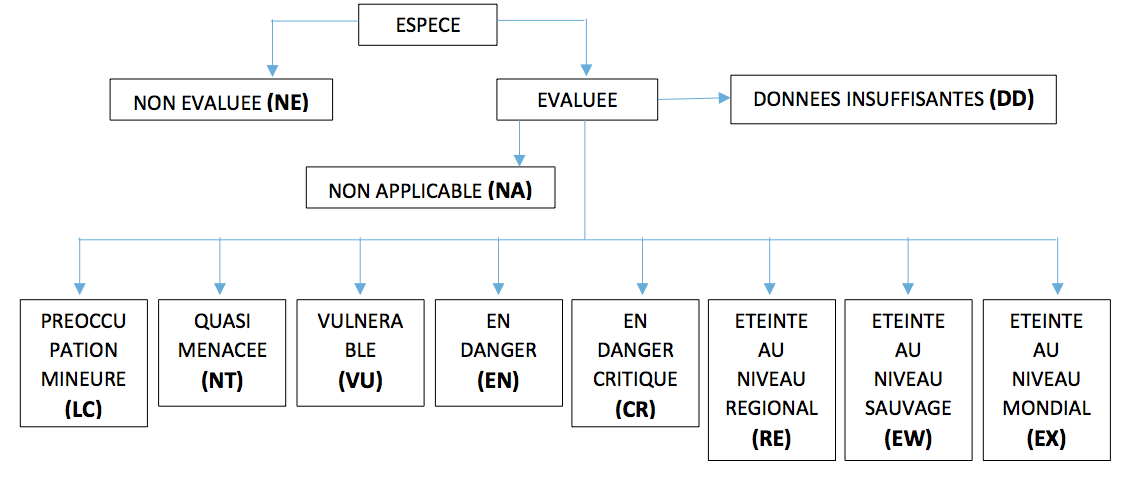
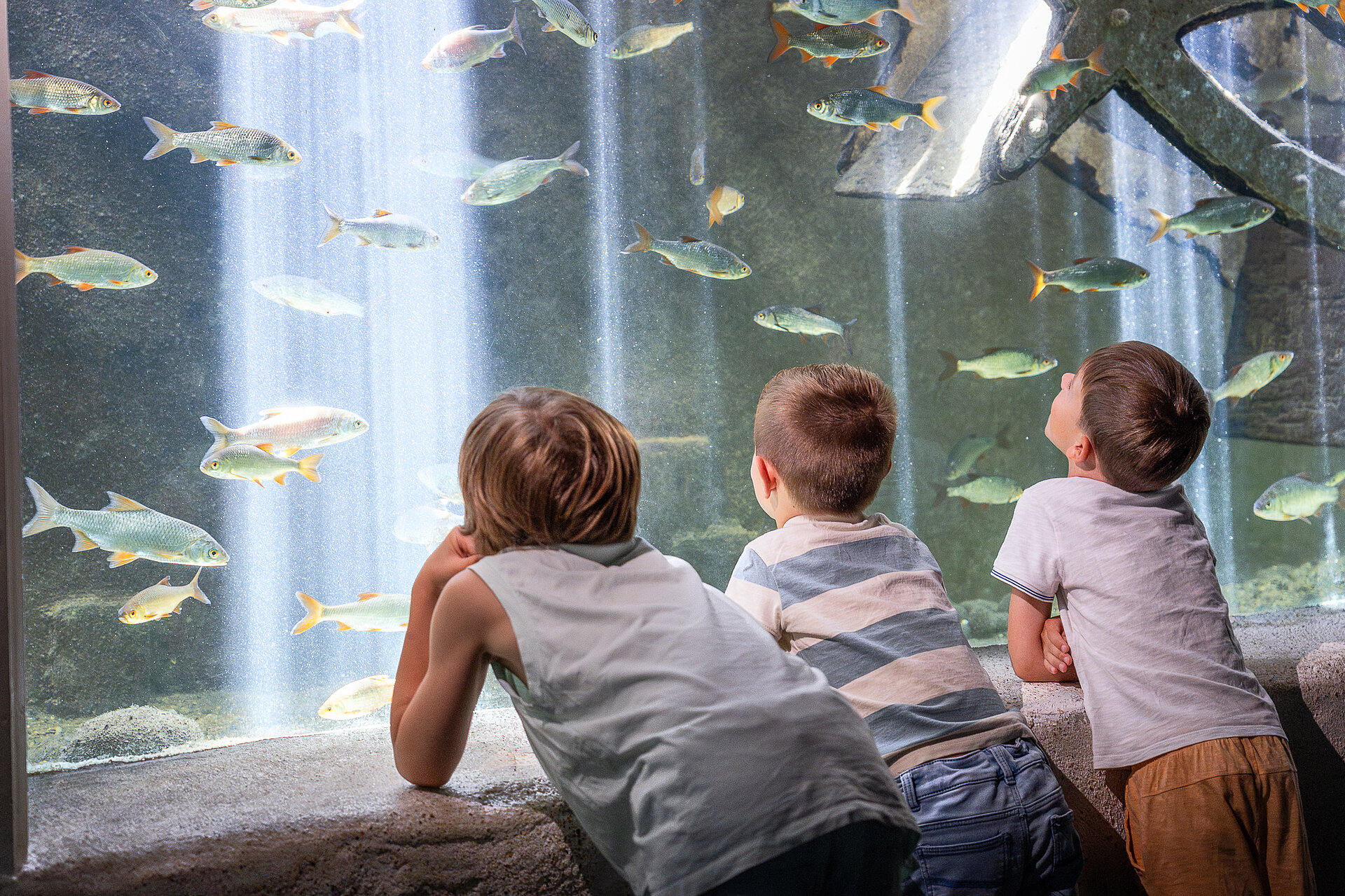
The Bonn Convention or CMS
This is a convention on the conservation of migratory species of wild animals, which came into force in 1983.
It is divided into 2 appendices:
- Annex I: this lists the species in danger of extinction. All taking of these species is prohibited.
- Annex II: lists species whose conservation status is unfavourable. For these species, measures must be implemented to restore the good status of the populations.

